
1. The first layer is the Physical Layer (i.e. the OSI model The first layer) uses the transmission medium to provide a physical connection for the data link layer to realize the transparent transmission of the bit stream. The function of the physical layer is to realize the transparent transmission of bitstream between adjacent computer nodes and shield the differences between specific transmission media and physical equipment as much as possible.
2. The seven-layer type of OSI from low to high are: physical layer, data link layer, network layer, transport layer, session layer, representation layer and application layer. Application layer: an interface between network services and end users.Representation layer: representation, security and compression of data.
3. From the first layer to the seventh layer are: physical layer, data link layer, network layer, transmission layer, session layer, representation layer, and application layer.
4. Presentation Layer: The representation method of processing communication signals, translating between different formats, and responsible for data encryption and decryption, data compression and recovery. Application Layer: Maintain the data records needed to establish connections between applications to serve users.
5. The seven levels of the OSI (Open System Interconnection) reference model are the physical layer, the data link layer, the network layer, the transmission layer, the session layer, the representation layer and the application layer. OS.The I reference model includes 7 layers, physical layer, data link layer, network layer, transport layer, session layer, representation layer and application layer.

Layer 1 Physical Layer: The physical layer transmits data frames on the local LAN, which is responsible for managing the interoperability between computer communication devices and network media. Including pins, voltage, cable specifications, hus, repeaters, network cards, host adapters, etc.
The protocol of the seven-layer model of osi: the first layer: the physical layer; the second layer: the data link layer; the third layer: the network layer; the fourth layer: the transport layer; the fifth layer: the session layer; the sixth layer: the representation layer; the seventh layer: the application layer.
The 7 layers of OSI from bottom to top are: application layer, representation layer, session layer, transport layer, network layer, data link layer and physical layer.
The seven layers of iso's OSI network model are: physical layer, data link layer, network layer, transport layer, conversation layer, representation layer, and application layer.Physical layer This layer is the basis of the entire OSI model, which is responsible for transmitting primitive bit streams on physical media (such as cables, optical fibers, etc.).
Transport layer: The functions of this layer include whether to choose the error recovery protocol or the error-free recovery protocol, and the reuse of data flows of different applications on the same host, as well as the function of reordering the received data packets in the wrong order. Examples: TCP, UDP, SPX.
Functions and protocols of each layer of the osi seven-layer model: physical layer, data link layer, network layer, transmission layer, session layer, representation layer, application layer. Physical layer: This layer includes physical network media.It provides a physical media for transmitting data for the upper-level protocol. Common protocols include RS-23V.3RJ-4FDDI.
OSI divides the computer network architecture into the following seven layers, marked 1 to 7, and the first layer is at the bottom. The details are as follows: Layer 1 Physical Layer: The physical layer transmits data frames on the local LAN, which is responsible for managing the interoperability between computer communication equipment and network media.
The 7 layers of OSI are application layer, representation layer, session layer, transport layer, network layer, data link layer and physical layer from top to bottom. Physical layer: It is the lowest layer of the reference model. This layer is the data transmission medium of network communication, which is composed of cables and equipment connecting different nodes.
OSI layer (7 layers): physical layer, data link layer, network layer, transport layer, session layer, representation layer, application layer.TCP/IP layer (4 layers): network interface layer, network layer, transport layer, application layer. Five-layer protocol (5 layers): physical layer, data link layer, network layer, transport layer, application layer.
1. The OSI seven-layer types are from low to high in order: physical layer, data link layer, network layer, transport layer, session layer, representation layer and application layer. Application layer: an interface between network services and end users. Representation layer: representation, security and compression of data.
2. The seven levels of the OSI (Open System Interconnection) reference model are the physical layer, the data link layer, the network layer, the transmission layer, the session layer, the representation layer and the application layer.
3. The seven levels of the OSI (Open System Interconnection) reference model are physical layer, data link layer, network layer, transmission layer, session layer, representation layer and application layer. The OSI reference model includes 7 layers, physical layer, data link layer, network layer, transport layer, session layer, representation layer and application layer.
4. The OSI reference model includes 7 layers, physical layer, data link layer, network layer, transport layer, session layer, representation layer and application layer. Each function is as follows: The main function of the physical layer is to use the transmission medium to provide physical connection for the data link layer and be responsible for the physical transmission of the data stream.
5. Network Layer: mainly responsible for routing, selecting the appropriate path, blocking control and other functions. The representatives of network layer protocols include: IP, IPX, OSPF, etc.The main equipment of the network layer: router.
6. The OSI (OpenSystemInterconnection) seven-layer network model is called the open system interconnection reference model, which is a network interconnection model researched by ISO (International Organization for Standardization) in 1985. It is a Logical definition and specification.
Application Layer: Maintain the data records needed to establish connections between applications to serve users. The representatives of application layer protocols include: Telnet, FTP, HTTP, SNMP, etc.
Network layer: Select the appropriate path for the packet through the network, and realize routing selection and packet forwarding congestion control, etc.Transmission layer: end-to-end services provided to users, processing datagram errors, packet order, and shielding the details of lower-level data communication to the high-level.
The seven-layer type of OSI from low to high are: physical layer, data link layer, network layer, transport layer, session layer, representation layer and application layer. Application layer: an interface between network services and end users. Representation layer: representation, security and compression of data.
Global trade intelligence newsletter-APP, download it now, new users will receive a novice gift pack.
1. The first layer is the Physical Layer (i.e. the OSI model The first layer) uses the transmission medium to provide a physical connection for the data link layer to realize the transparent transmission of the bit stream. The function of the physical layer is to realize the transparent transmission of bitstream between adjacent computer nodes and shield the differences between specific transmission media and physical equipment as much as possible.
2. The seven-layer type of OSI from low to high are: physical layer, data link layer, network layer, transport layer, session layer, representation layer and application layer. Application layer: an interface between network services and end users.Representation layer: representation, security and compression of data.
3. From the first layer to the seventh layer are: physical layer, data link layer, network layer, transmission layer, session layer, representation layer, and application layer.
4. Presentation Layer: The representation method of processing communication signals, translating between different formats, and responsible for data encryption and decryption, data compression and recovery. Application Layer: Maintain the data records needed to establish connections between applications to serve users.
5. The seven levels of the OSI (Open System Interconnection) reference model are the physical layer, the data link layer, the network layer, the transmission layer, the session layer, the representation layer and the application layer. OS.The I reference model includes 7 layers, physical layer, data link layer, network layer, transport layer, session layer, representation layer and application layer.

Layer 1 Physical Layer: The physical layer transmits data frames on the local LAN, which is responsible for managing the interoperability between computer communication devices and network media. Including pins, voltage, cable specifications, hus, repeaters, network cards, host adapters, etc.
The protocol of the seven-layer model of osi: the first layer: the physical layer; the second layer: the data link layer; the third layer: the network layer; the fourth layer: the transport layer; the fifth layer: the session layer; the sixth layer: the representation layer; the seventh layer: the application layer.
The 7 layers of OSI from bottom to top are: application layer, representation layer, session layer, transport layer, network layer, data link layer and physical layer.
The seven layers of iso's OSI network model are: physical layer, data link layer, network layer, transport layer, conversation layer, representation layer, and application layer.Physical layer This layer is the basis of the entire OSI model, which is responsible for transmitting primitive bit streams on physical media (such as cables, optical fibers, etc.).
Transport layer: The functions of this layer include whether to choose the error recovery protocol or the error-free recovery protocol, and the reuse of data flows of different applications on the same host, as well as the function of reordering the received data packets in the wrong order. Examples: TCP, UDP, SPX.
Functions and protocols of each layer of the osi seven-layer model: physical layer, data link layer, network layer, transmission layer, session layer, representation layer, application layer. Physical layer: This layer includes physical network media.It provides a physical media for transmitting data for the upper-level protocol. Common protocols include RS-23V.3RJ-4FDDI.
OSI divides the computer network architecture into the following seven layers, marked 1 to 7, and the first layer is at the bottom. The details are as follows: Layer 1 Physical Layer: The physical layer transmits data frames on the local LAN, which is responsible for managing the interoperability between computer communication equipment and network media.
The 7 layers of OSI are application layer, representation layer, session layer, transport layer, network layer, data link layer and physical layer from top to bottom. Physical layer: It is the lowest layer of the reference model. This layer is the data transmission medium of network communication, which is composed of cables and equipment connecting different nodes.
OSI layer (7 layers): physical layer, data link layer, network layer, transport layer, session layer, representation layer, application layer.TCP/IP layer (4 layers): network interface layer, network layer, transport layer, application layer. Five-layer protocol (5 layers): physical layer, data link layer, network layer, transport layer, application layer.
1. The OSI seven-layer types are from low to high in order: physical layer, data link layer, network layer, transport layer, session layer, representation layer and application layer. Application layer: an interface between network services and end users. Representation layer: representation, security and compression of data.
2. The seven levels of the OSI (Open System Interconnection) reference model are the physical layer, the data link layer, the network layer, the transmission layer, the session layer, the representation layer and the application layer.
3. The seven levels of the OSI (Open System Interconnection) reference model are physical layer, data link layer, network layer, transmission layer, session layer, representation layer and application layer. The OSI reference model includes 7 layers, physical layer, data link layer, network layer, transport layer, session layer, representation layer and application layer.
4. The OSI reference model includes 7 layers, physical layer, data link layer, network layer, transport layer, session layer, representation layer and application layer. Each function is as follows: The main function of the physical layer is to use the transmission medium to provide physical connection for the data link layer and be responsible for the physical transmission of the data stream.
5. Network Layer: mainly responsible for routing, selecting the appropriate path, blocking control and other functions. The representatives of network layer protocols include: IP, IPX, OSPF, etc.The main equipment of the network layer: router.
6. The OSI (OpenSystemInterconnection) seven-layer network model is called the open system interconnection reference model, which is a network interconnection model researched by ISO (International Organization for Standardization) in 1985. It is a Logical definition and specification.
Application Layer: Maintain the data records needed to establish connections between applications to serve users. The representatives of application layer protocols include: Telnet, FTP, HTTP, SNMP, etc.
Network layer: Select the appropriate path for the packet through the network, and realize routing selection and packet forwarding congestion control, etc.Transmission layer: end-to-end services provided to users, processing datagram errors, packet order, and shielding the details of lower-level data communication to the high-level.
The seven-layer type of OSI from low to high are: physical layer, data link layer, network layer, transport layer, session layer, representation layer and application layer. Application layer: an interface between network services and end users. Representation layer: representation, security and compression of data.
Processed foods HS code mapping
author: 2024-12-24 01:17Trade data-driven competitive analysis
author: 2024-12-24 00:00Global trade reporting frameworks
author: 2024-12-23 23:20Latin America export data visualization
author: 2024-12-23 23:06Import export software solutions
author: 2024-12-23 22:52Customizable export data queries
author: 2024-12-24 01:19HS code correlation with global standards
author: 2024-12-24 01:10How to reduce documentation errors
author: 2024-12-24 01:01Trade data for regulatory compliance
author: 2024-12-23 23:44Tariff reduction opportunity analysis
author: 2024-12-23 23:11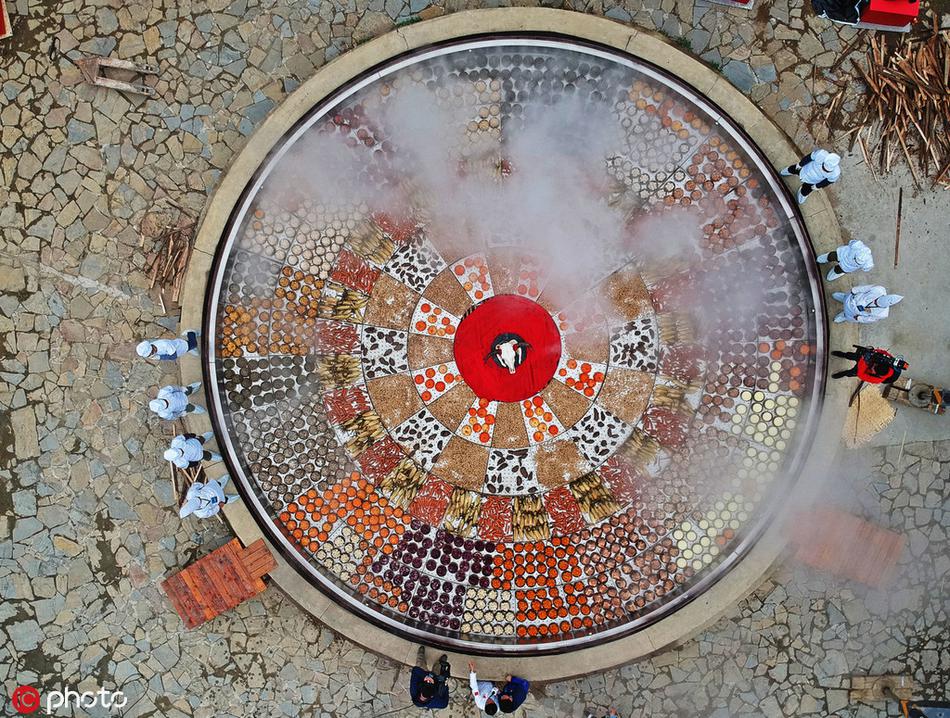 Trade intelligence for aerospace industry
Trade intelligence for aerospace industry
734.96MB
Check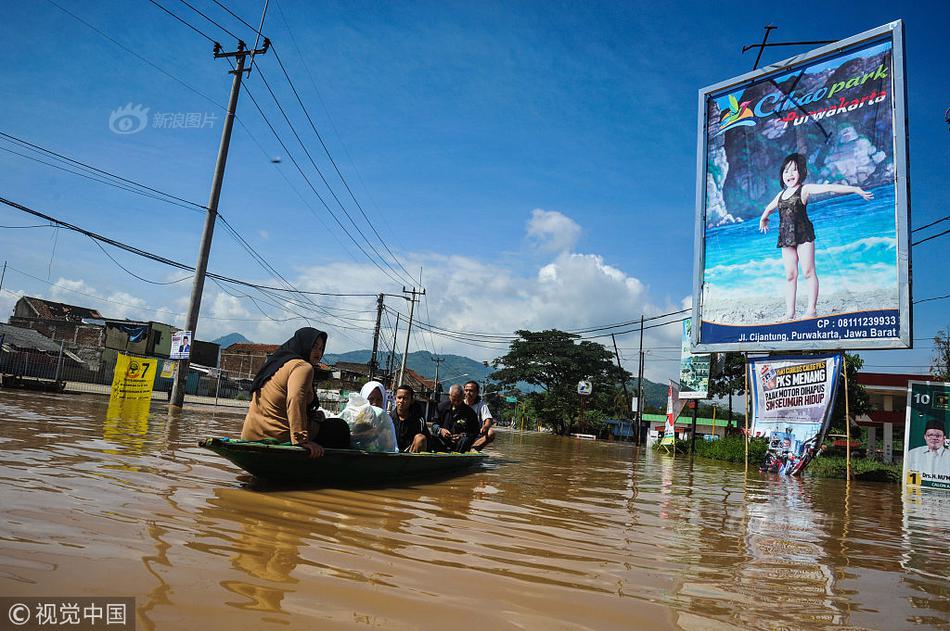 Niche pharmaceuticals HS code verification
Niche pharmaceuticals HS code verification
356.45MB
Check Industry reports segmented by HS code
Industry reports segmented by HS code
391.24MB
Check How to map complex products to HS codes
How to map complex products to HS codes
915.36MB
Check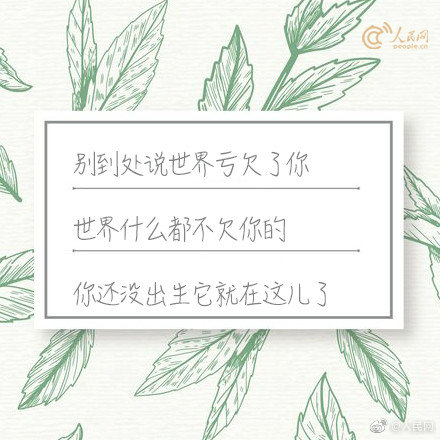 HS code-based inbound logistics optimization
HS code-based inbound logistics optimization
349.64MB
Check Predictive trade route realignment
Predictive trade route realignment
121.72MB
Check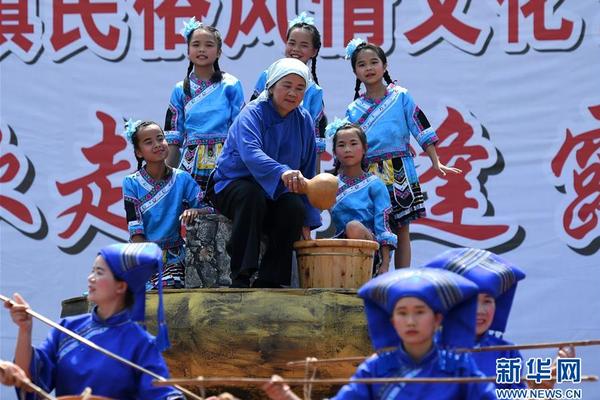 How to find ethical suppliers
How to find ethical suppliers
932.52MB
Check Import export data consulting services
Import export data consulting services
628.83MB
Check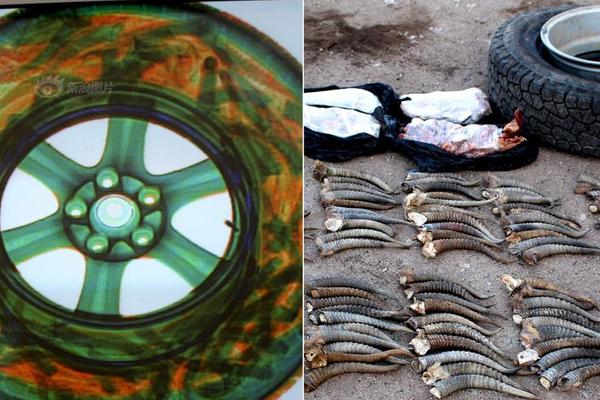 How to build a trade data strategy
How to build a trade data strategy
397.62MB
Check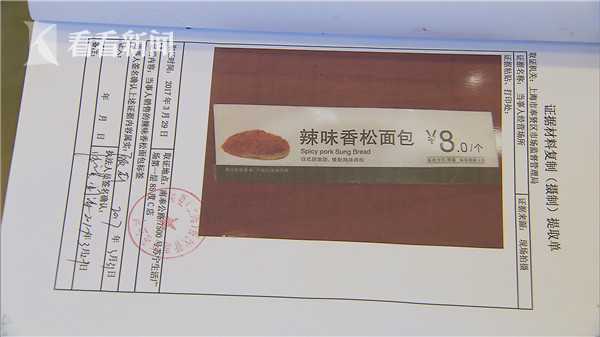 Comparative freight cost modeling
Comparative freight cost modeling
732.76MB
Check HS code-based alternative sourcing strategies
HS code-based alternative sourcing strategies
935.78MB
Check How to select the best trade data provider
How to select the best trade data provider
536.56MB
Check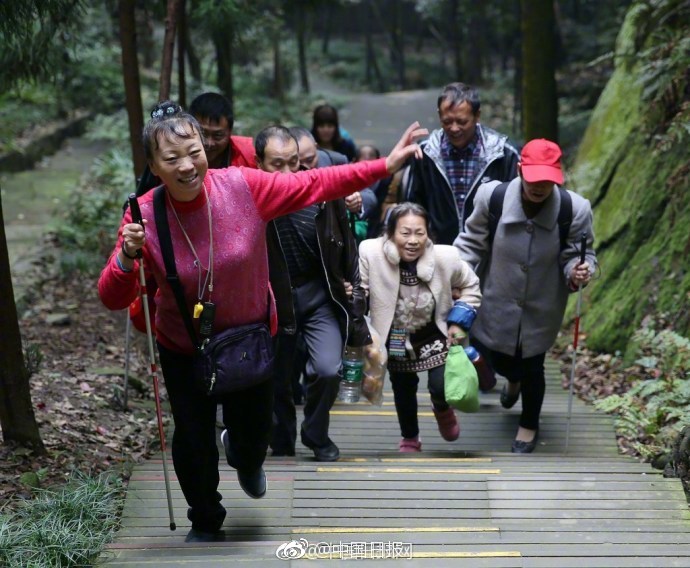 Supply chain sustainability metrics
Supply chain sustainability metrics
264.37MB
Check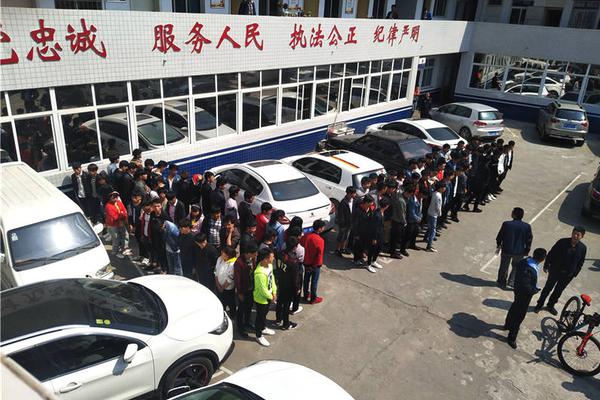 Export subsidies linked to HS codes
Export subsidies linked to HS codes
615.17MB
Check Gourmet foods HS code classification
Gourmet foods HS code classification
828.83MB
Check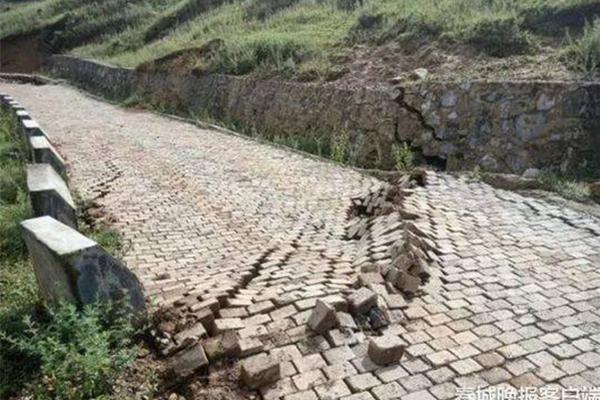 Gourmet foods HS code classification
Gourmet foods HS code classification
176.79MB
Check How to find ethical suppliers
How to find ethical suppliers
421.39MB
Check International vendor verification
International vendor verification
218.12MB
Check High-tech exports HS code categorization
High-tech exports HS code categorization
712.31MB
Check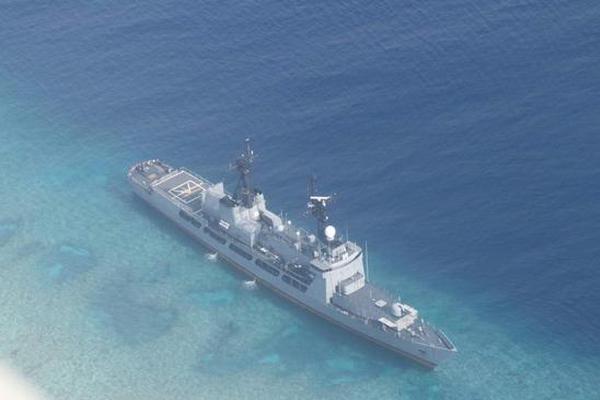 Comparative trade performance metrics
Comparative trade performance metrics
947.86MB
Check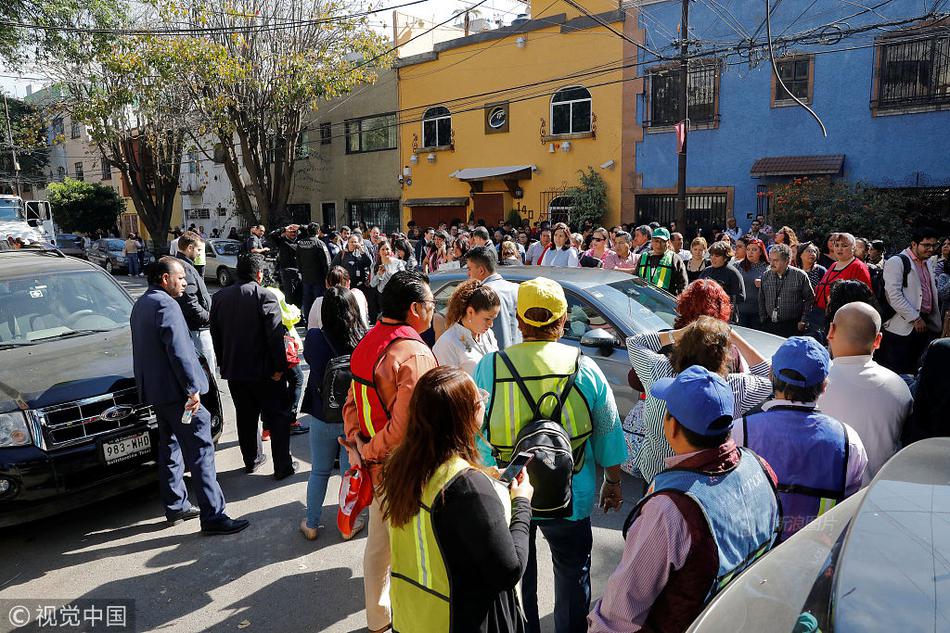 HS code correlation with export refunds
HS code correlation with export refunds
298.24MB
Check Trade data for strategic sourcing
Trade data for strategic sourcing
831.76MB
Check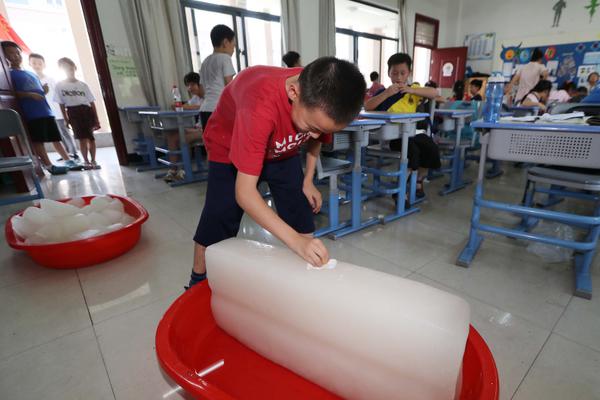 Sourcing intelligence from customs data
Sourcing intelligence from customs data
442.49MB
Check HS code-based customs broker RFPs
HS code-based customs broker RFPs
191.16MB
Check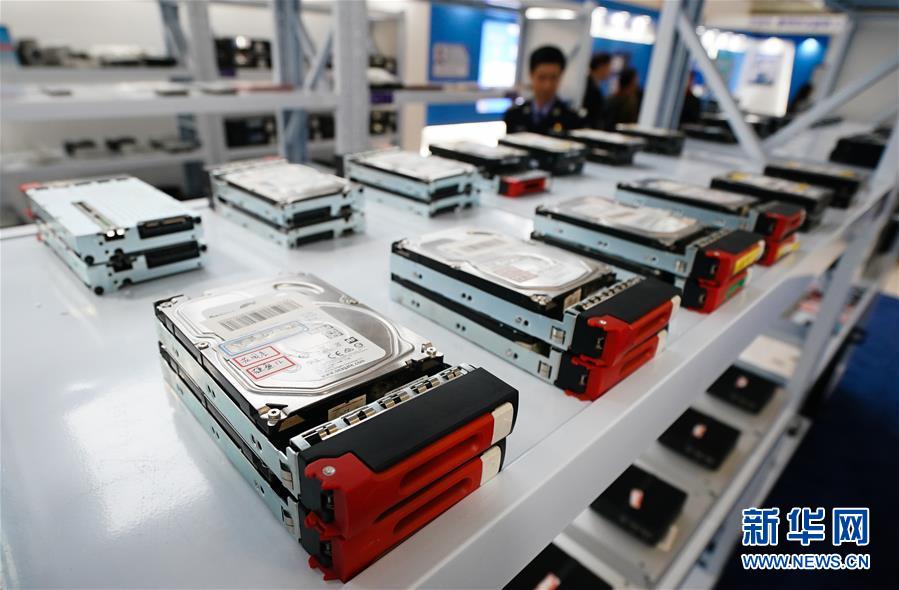 Automated customs declaration checks
Automated customs declaration checks
639.59MB
Check Industrial spare parts HS code mapping
Industrial spare parts HS code mapping
956.59MB
Check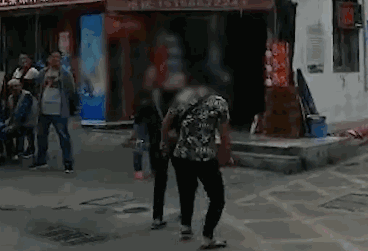 How to track global shipments
How to track global shipments
473.89MB
Check HS code-based warehousing strategies
HS code-based warehousing strategies
784.51MB
Check How to analyze non-tariff measures
How to analyze non-tariff measures
746.86MB
Check How to reduce documentation errors
How to reduce documentation errors
265.59MB
Check Best global trade intelligence for SMEs
Best global trade intelligence for SMEs
167.62MB
Check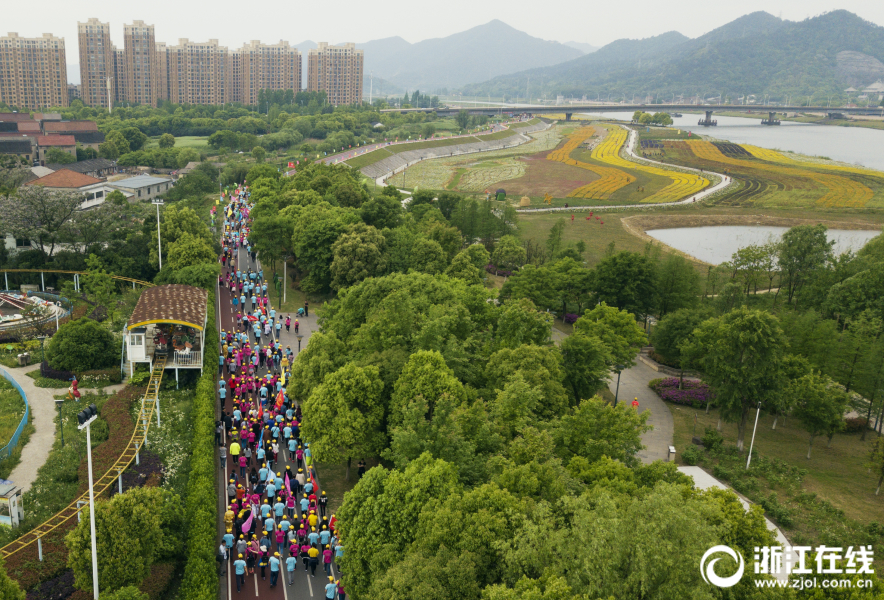 In-depth competitor trade route analysis
In-depth competitor trade route analysis
677.91MB
Check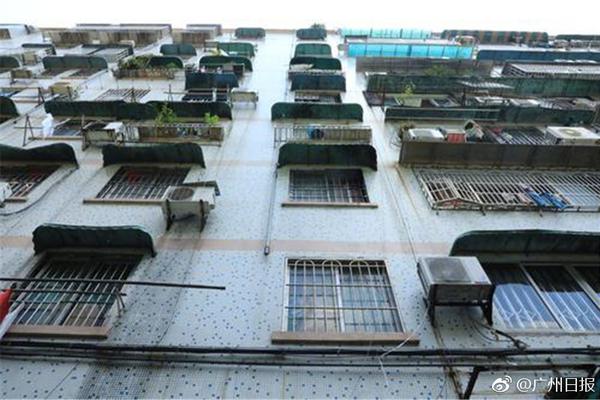 International vendor verification
International vendor verification
828.57MB
Check EU HS code-based duty suspensions
EU HS code-based duty suspensions
161.92MB
Check Country-wise HS code compliance tips
Country-wise HS code compliance tips
558.56MB
Check Customs duty prediction models
Customs duty prediction models
737.56MB
Check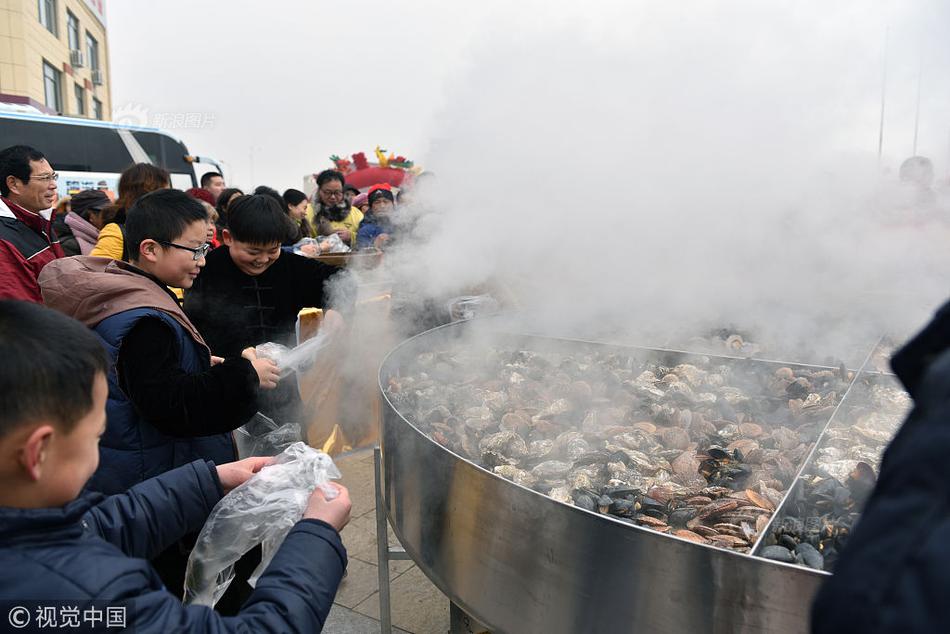
Scan to install
Global trade intelligence newsletter to discover more
Netizen comments More
1845 Trade data for construction materials
2024-12-24 00:40 recommend
2588 Comparing duty rates across markets
2024-12-24 00:11 recommend
2863 Best trade data solutions for startups
2024-12-23 23:57 recommend
2039 HS code utilization for tariff refunds
2024-12-23 23:21 recommend
644 How to find HS code data for specific countries
2024-12-23 23:04 recommend